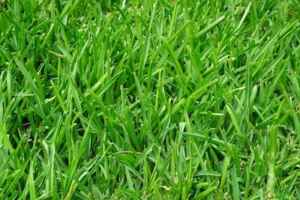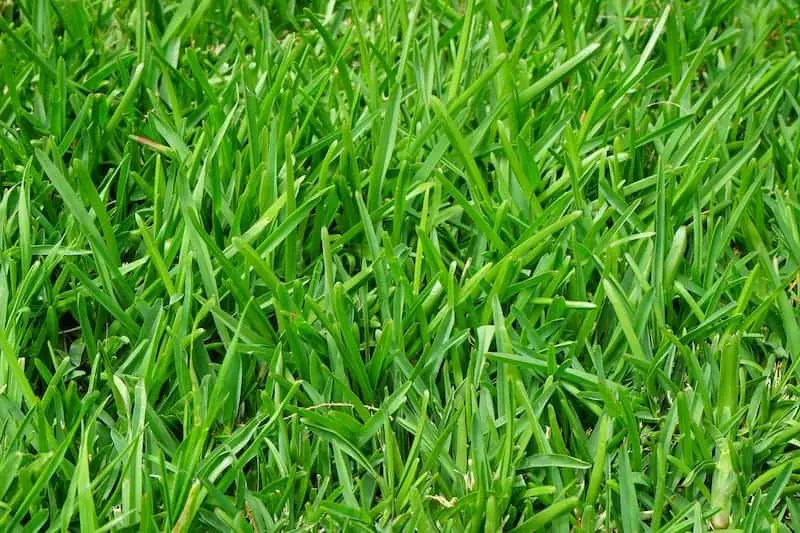How To Know if Centipede Grass Right For Me?
Choosing the type of grass for your yard can be a daunting task. This is because different types of grass require different levels of maintenance, and can succeed or fail in certain environments. Centipede grass is a popular choice for lawns since it thrives in high temperatures and low upkeep.
So, what are the pros and cons of centipede grass? Centipede grass is notable for its tight growth pattern as well as its love for well-drained or sandy soil. Also, the grass has a lush, light green color. The grass was first introduced to the United States from Asia in the early 1900s. Despite this, it isn’t suitable for everyone since it cannot withstand much shade or foot traffic.
Keep reading to learn more about how to determine if centipede grass is right for your yard.
What is Centipede Grass?
 Centipede grass, also known as Eremochloa buse, is a somewhat aggressive growing grass. The rough texture of Centipede Grass is a distinguishing factor.
Centipede grass, also known as Eremochloa buse, is a somewhat aggressive growing grass. The rough texture of Centipede Grass is a distinguishing factor.
It is also a perennial grass, which means it can continue to grow on its own without the need for re-seeding each year.
This grass may be started by seed but grows via stolons. A stolon is another name for a runner.
These are horizontal plant stems that, after growing some distance, take root at certain intervals along their length. New plants may then be created at these locations.
The color of the leaves is usually uniform, dark green to light green. This grass type has a dense carpeting formation capability. It grows at a slower pace than most grasses.
Centipede grass has low fertilization requirements and thrives in acidic soils. It is also drought tolerant and can tolerate moderate shade. Centipede grass can be mowed at a height of 1/3 to 2/3 inches.
Where Did Centipede Grass Originate?
Centipede grass is native to Africa, Asia, Australia, and southern Europe. It was introduced into the United States in the late 1800s as an erosion control plant on barrier islands along the Atlantic coast of Florida. During World War II it was planted extensively in military airstrips because it could be mowed short and did not create a lot of dust.
So, how do you know whether you would enjoy having a yard filled with centipede grass? By simply taking time to look at the pros and cons of having centipede grass, you can decide if it is the right choice for your yard.
Centipede Grass: The Pros
There are many benefits of centipede grass! Here are just a few:
Centipede Grass is Low Maintenance
 Centipede grass is one of the most low-maintenance on earth since it develops more slowly than many other types of grass.
Centipede grass is one of the most low-maintenance on earth since it develops more slowly than many other types of grass.
Because it grows more slowly than other grasses, there are fewer mows required and it is quite attractive to some people.
The amount of nitrogen needed by centipede grass is only 2 lbs per 1000 square feet each year.
Because it requires so little nutrients, it will perform better in less fertile soils than many other kinds of grass.
It Can Endure Intense Weather Conditions
Centipede grass is a hardy variety of grass that can withstand harsh weather conditions and has a rough texture. Heavy rain or scorching temperatures won’t harm it.
Another great advantage of growing centipede grass in high temperatures is that it can survive even the toughest climates and will be viable even when water is limited.
It Can Adapt To A Variety Of Soils
Another pro of centipede grass is that it can adapt to a variety of soils. Being able to grow in clay or sand makes this variety of grass popular for many homeowners.
It also grows well in acidic soil, which means if you have an area with low pH levels, you can still plant your centipede grass there without worrying about it being affected.
It Doesn’t Have A Lot Of Problems With Pests Or Weeds
Centipede grass is less prone to disease. Since it grows more slowly, there are not as many places for pests or weeds to attack the plant.
This allows centipede grass to retain its rich color and lush texture all year round. Having beautiful grass throughout the year is a huge point of attraction for many people!
It Has Early Spring Green-Up
The scene is full of fresh greenery, thanks to the early spring green-up. It will start to grow and turn green earlier than most other types of grass. This makes it a great choice for areas that experience cooler temperatures, such as shaded areas or areas with colder winters.
This trait is common among all different types of centipede grasses. The new leaves will emerge a deep green color and will be lush very quickly. This means less waiting time for a beautiful yard after a long winter!
Centipede Grass: The Cons
While there are many advantages of centipede grass, there are also some disadvantages.
It Can Be Invasive
Although centipede grass is a popular ornamental grass, it is not without its drawbacks. It has the potential to quickly spread over your yard. It is important to be aware of this when considering planting.
This grass can also become invasive in some climates and difficult to control. If you do not want a centipede grass that spreads, some cultivars will not spread so much provided you take care of them well by watering them and mowing them as necessary.
It Needs Frequent Watering
 Centipede grass grows slowly. It is important to water it frequently especially during the summer months.
Centipede grass grows slowly. It is important to water it frequently especially during the summer months.
In fact, if you don’t water it enough, the grass will go dormant and turn a yellowish color.
This may be a pro for some people since it means you don’t have to water it as much as other grasses, but for others, this could be a con since they may not want to remember to water their grass often.
If the risk of brown patches stresses you out, centipede grass probably isn’t the best choice for you.
It’s Not The Best Choice For Children or Pets
Because centipede grass has a rough texture, it is not the best choice for children or pets. They may not like the feel of it under their feet and it could be a potential hazard if they decide to play on it.
Additionally, the grass blades are sharp and can cause cuts if you are not careful. For these reasons, centipede grass may not be the best option for families with young children or pets.
It’s Not The Best Choice For Low-Maintenance Lawns
Centipede grass is not the best choice for low-maintenance lawns since it can spread out easily if you don’t keep on top of mowing and watering.
However, it has many benefits in terms of being drought resistant. This makes it ideal for climates with long periods of dry weather. So, if you are willing to put in a bit of extra work to maintain your lawn, then centipede grass may be a good choice for you.
It Can Be Eaten By Insects
Centipede Grass is a grass that can be bitten by insects, so if you’re looking for a pest-free zone, this may not be the perfect plant for you. The most common insects that feast on centipede grass are billbugs, chinch bugs, and sod webworms.
These pests can damage the turf by chewing on the blades of grass, which can eventually lead to the death of the plant.
Homeowners who have centipede grass in their yards should be on the lookout for insect damage. These insects may cause the grass to brown and thin out. Insects such as billbugs are most likely to attack centipede grass during periods of drought or after it has been treated with insecticides.
If you see that there are areas where the grass has been eaten up by pests, you should treat those spots as soon as possible to prevent further damage.
Centipede grass is not immune to many types of insects but can be treated by certain pesticides. The type of pesticide that is used will depend on the type of insect that is causing the damage.
The Choice Is Ultimately Up To You!
In conclusion, there are many pros and cons to consider when deciding whether or not centipede grass is the right choice for your lawn. The climate you live in can be important to consider. However, it’s not the only fact to focus on.
It is a beautiful grass that can add a touch of elegance to any yard, but it does require frequent watering and mowing. It also has the potential to be invasive in some cases.
Centipede Grass can be difficult to get rid of if you decide you don’t want it. It has a deep root system that can be hard to eradicate. So, before making your final decision, be sure to weigh the pros and cons carefully!

